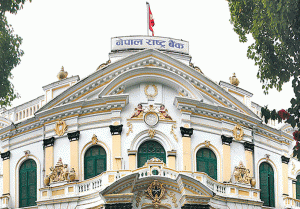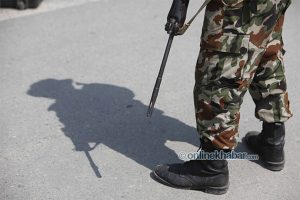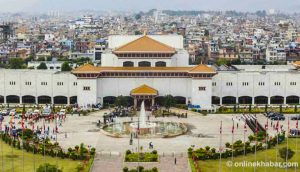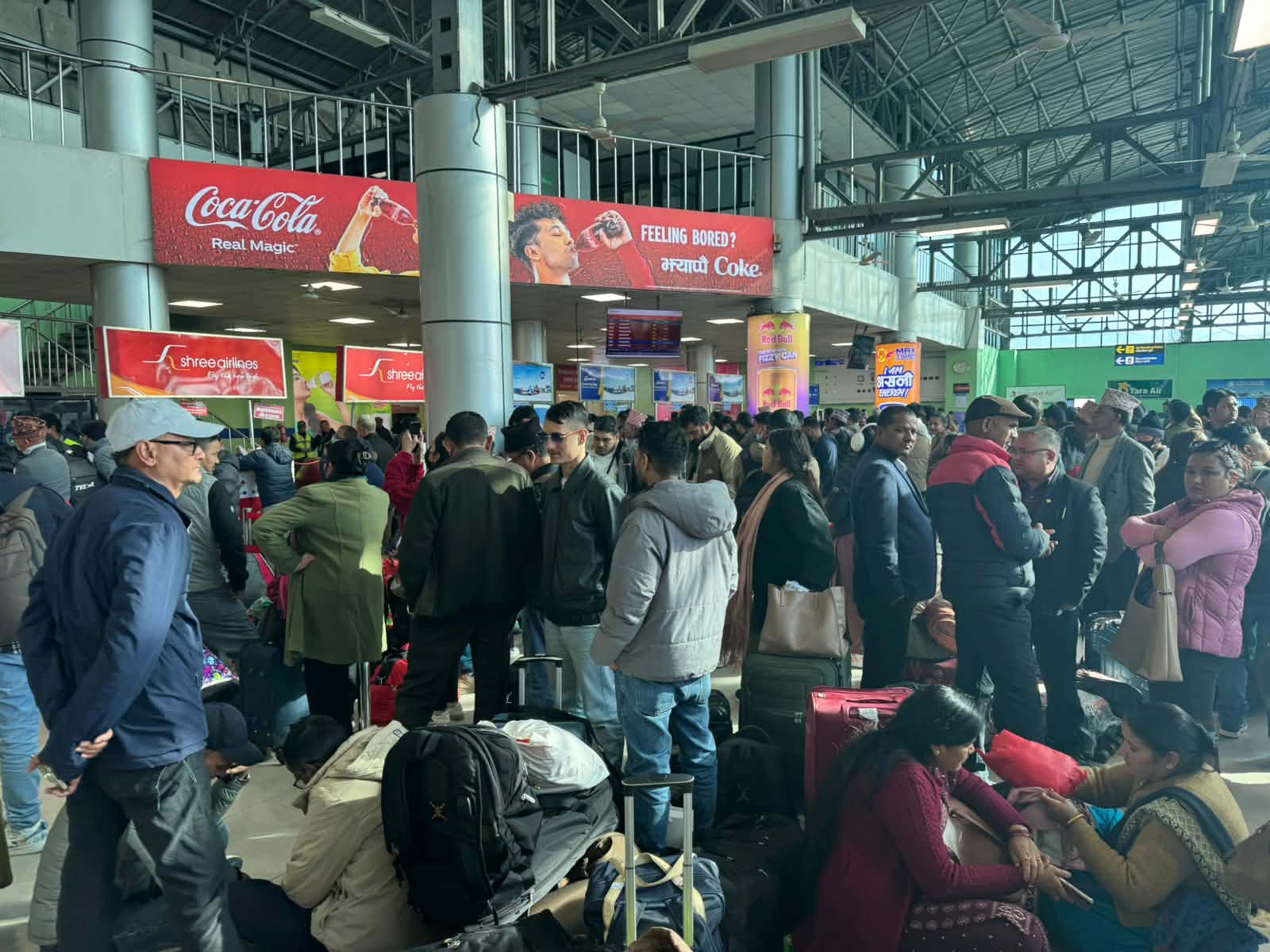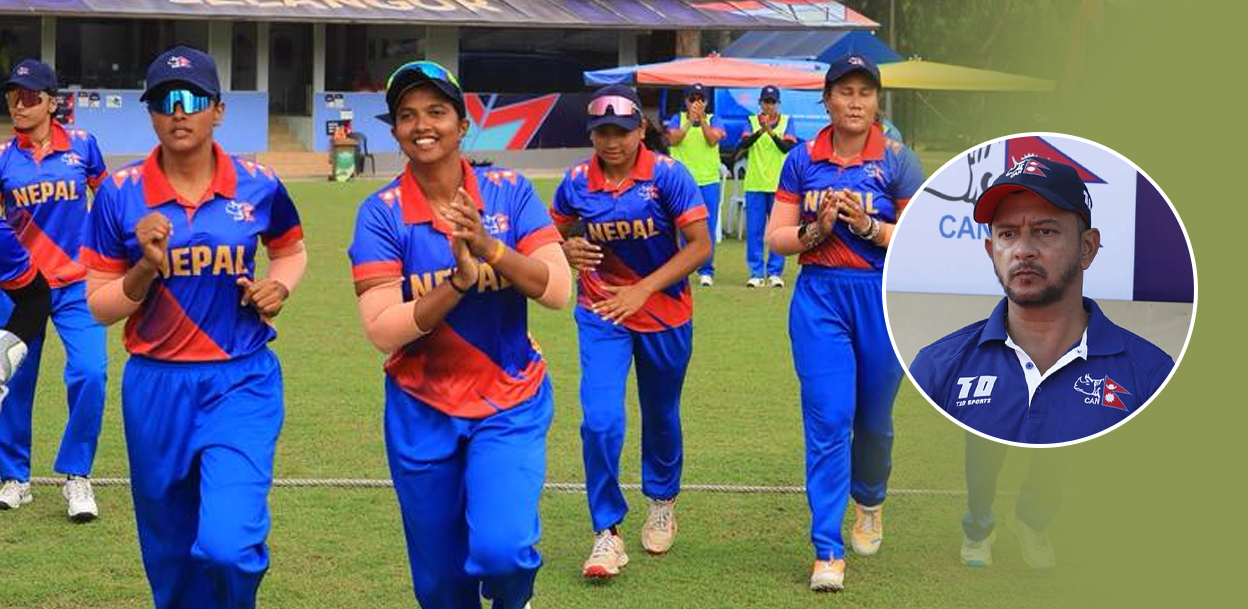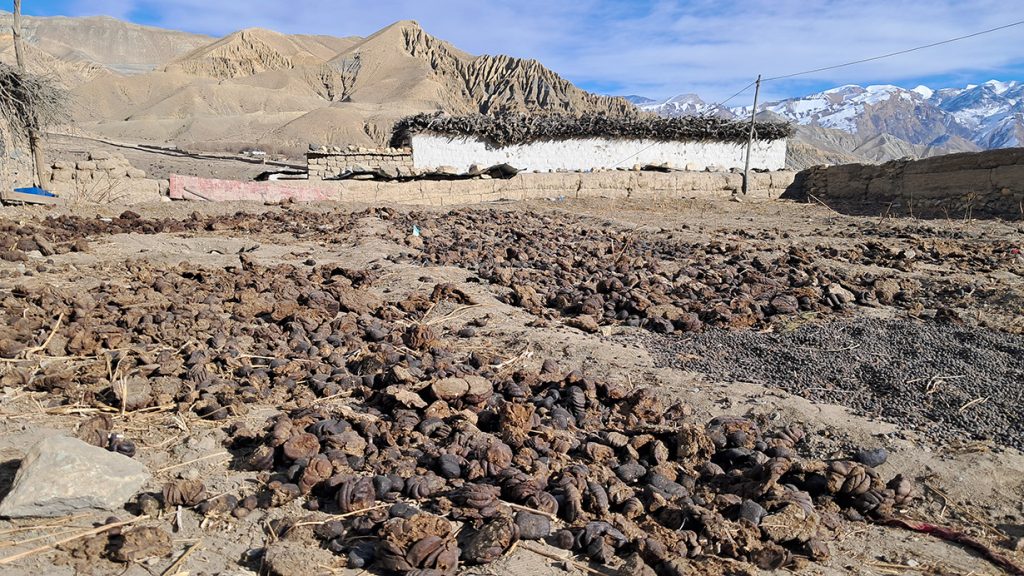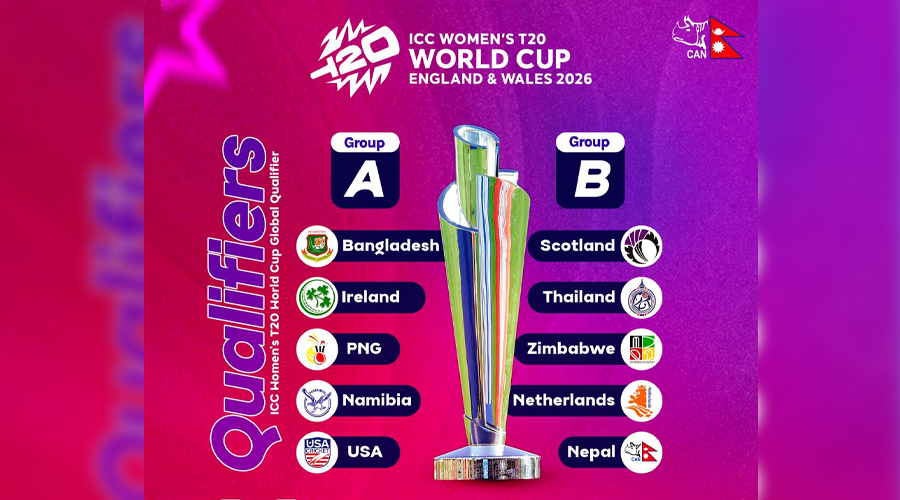
Op-ed pages of broadsheet dailies published in Kathmandu on Thursday have given a lot of space to issues around natural disasters, especially in the context of the unprecedented floods in the Terai. China-Nepal relations following the visit by Deputy Premier Wang Yang has also received attention.
Nepal-China ties
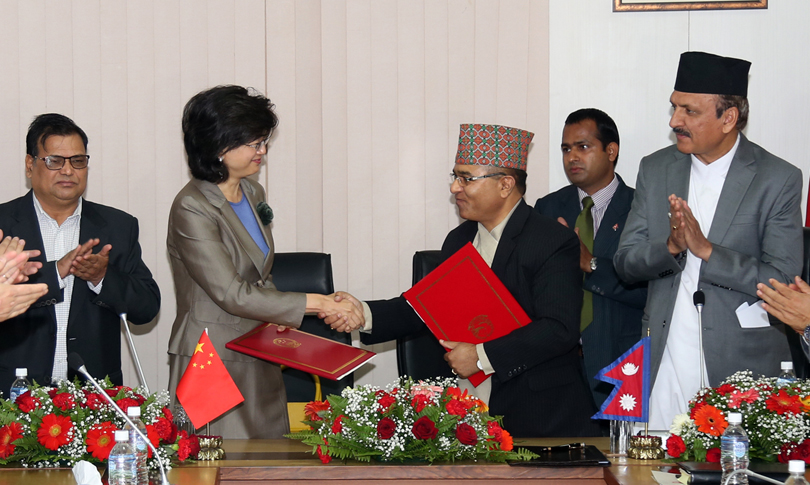
Hu Shiseng, Director of the Beijing-based Institute of South and Southeast Asian and Oceanic studies at Chinese Institute of Contemporary International Relations, in his op-ed for The Kathmandu Post says China and Nepal should move ahead with trans-Himalayan development, with or without India.
Hu says Nepal and China have been able to resolve disputes swiftly and effectively and China does not interfere in Nepal’s internal matters. He also proposes that Nepal could use its special relations with both China and India and bridge the gap between these two nations that has arisen due to the Doklam standoff.
He alleges that India has been a roadblock to the construction of trans-Himalayan physical connectivity. He claims that over the past years, Chinese and Nepali governments have approached India to develop regional resources through cooperation. For example, a joint construction of a China-Nepal-India economic corridor, building a regional power grid, tapping into Nepal’s water resources, but to no avail.
Disaster and the ruling elite
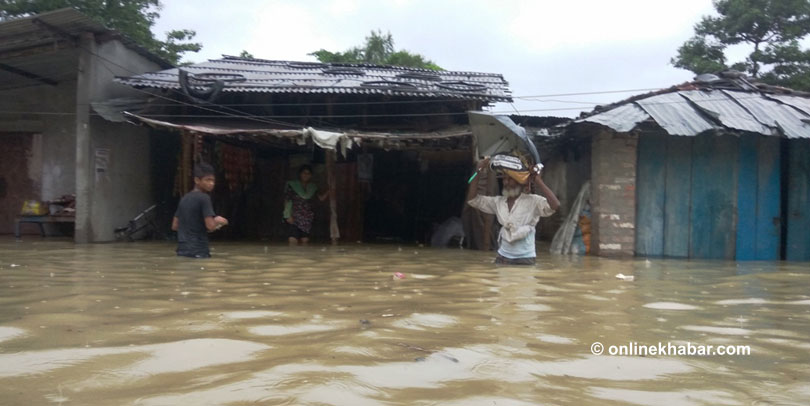
Pramod Mishra in his piece for The Kathmandu Post hopes the recent flood will awaken the ruling class and push them in the right direction. He says that despite the large-scale disaster, the ruling class has inertia, and there is inaction, lack of lack of creativity and forethought, mediocrity, and complacency among the politicians as well as the salaried class.
Absence of local representatives hits relief distribution

Mithilesh Yadav in his piece for Nagarik says that according to people working to distribute relief to flood-hit areas, work has been easier in areas where the people’s representatives have taken charge. He says that since local elections are yet to be held in Province 2, the worst-hit part of Nepal, relief work has been difficult to coordinate and manage.
Flood or inundation?
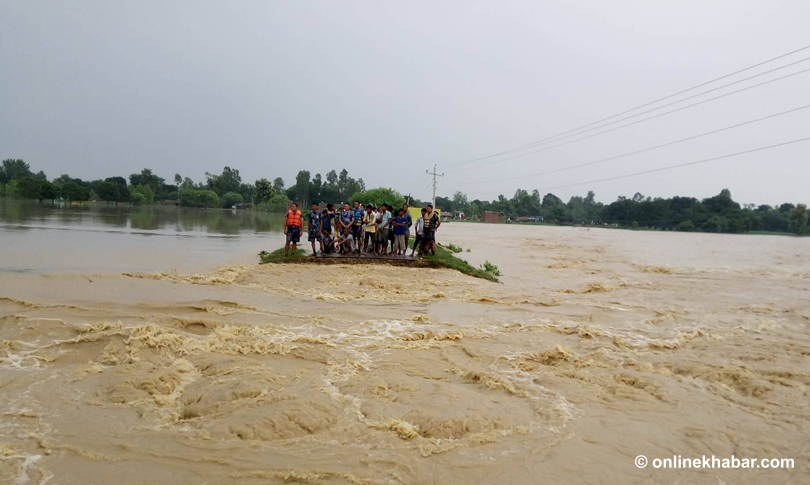
A flooded river in Nepal on Saturday, August 12, 2017.
Chandra Kishore in his piece for Kantipur says what is happening in the Terai is not flooding, but it’s inundation. Except in a few areas, no big river has breached its banks. Most parts of the Terai were inundated because the settlements were not designed to efficiently drain rain water. He says the disaster should serve as a valuable lesson for the authorities.







